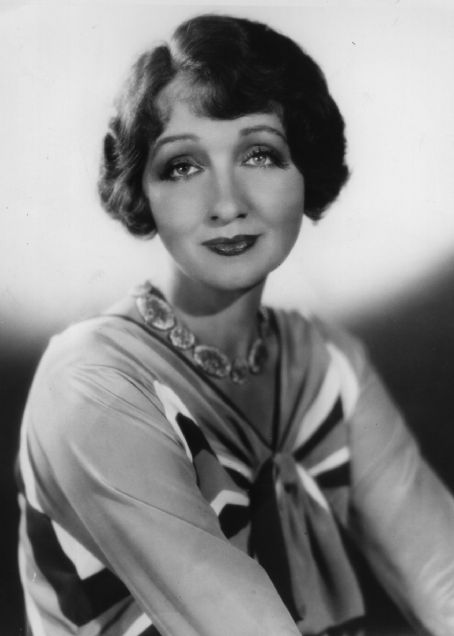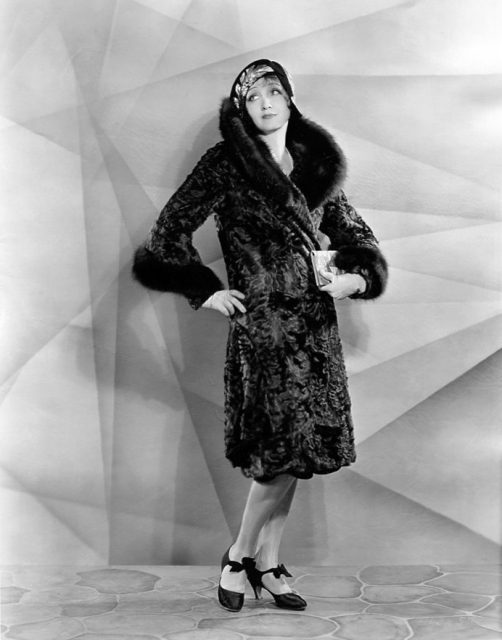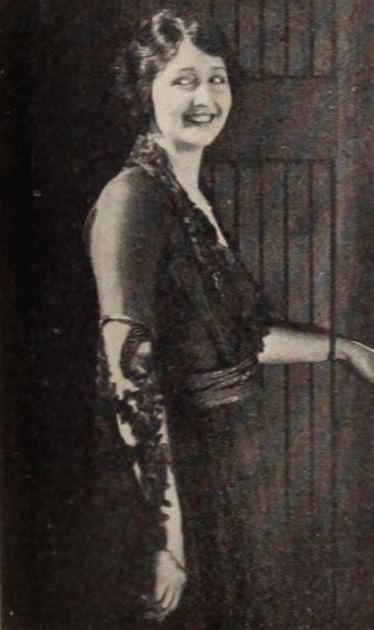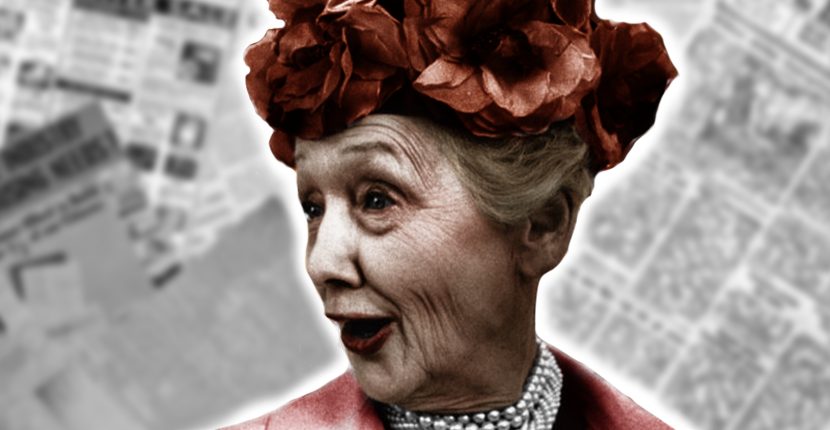At the height of her power in the 1940s and 1950s, gossip columnist Hedda Hopper had so much clout she could ruin a career with a few vicious sentences. That she hid under hats so flamboyant they bordered on parody only enhanced her mystique.
Born Elda Furry in 1890 in Pennsylvania, one of nine children in a Quaker family, she ran away from home at age 18 when her parents rejected her ambition to pursue a life in theater. Elda made her Broadway debut in 1909. In 1913 she starred opposite matinee idol DeWolf Hopper, whom she shortly thereafter married. (She was his fifth wife, and the marriage wouldn’t survive a decade. The two had one son, William DeWolf Hopper Jr., who would later appear on The Perry Mason Show.)
Elda Hopper changed her name to Hedda in 1919, and appeared in more than 100 films over the next three decades, often playing society women. A contract actor in an era when stars paid for their own costumes, she spent her $5,000 salary on her wardrobe for one of her earliest screen roles, effectively upstaging the star.
The move was calculated to attract attention, and it worked. “Producers who didn’t know my name began to say, ‘Get what’s her name who played the rich woman in Virtuous Wives. She’ll dress this,’ ” Hopper wrote in her memoir From Under My Hat.

By the mid-1930s, her motion-picture career had slumped, but her anachronistic sense of style had landed her gigs with a cosmetics firm and as a fashion commentator for radio. Casting about for a new income source, she began writing a gossip column in 1937.
When Hedda Hopper’s Hollywood debuted in the Los Angeles Times, on February 4, 1938, her popularity skyrocketed. Her column appeared in 30 metro dailies, 3,000 small-town papers, and 2,000 weeklies, according to Biography.com. When it was picked up by the New York Daily News, her readership grew to the millions, eclipsing that of any other gossip columnist, including Louella Parsons, whose friendship had devolved into a bitter rivalry.
Hedda Hopper outfitted herself in wildly creative hats to hobnob with Hollywood’s rich and famous. She reportedly bought 150 hats a year.
“Flamboyance was her gimmick,” Daniel Orlandi told the New York Times in 2015. Orlandi was the costume designer of Trumbo, a biopic about Hollywood’s blacklisting era, in which Helen Mirren played Hedda Hopper. “She wasn’t stylish, she was eccentric. Her wardrobe may have made her more likable and less threatening. It was, ‘I’m your eccentric auntie.’ ”

Her distinctive style was a façade to hide behind, a distraction that allowed her to get close to her subjects. It turned her into a brand and also “aided her success in marketing multiple commodities: her column, her reading public, and, most important for the industry she loved, Hollywood,” as Jennifer Frost wrote in Hedda Hopper’s Hollywood: Celebrity Gossip and American Conservatism.
Hedda Hopper was hard-working, competitive, and scathing. She was not afraid to use her poison pen to go after Hollywood’s most beloved stars.

She wrote a blind item about Katharine Hepburn and Spencer Tracy’s long time affair, infuriating Hepburn. She lambasted Charlie Chaplin’s queasy-making relationships with young women so vigorously that it reportedly contributed to his being denied re-entry to the U.S. She bought a house in Hollywood Hills and called it “The House That Fear Built.”
Hopper was equally militant about “American values.” An ardent supporter of the House Un-American Activities Committee, she spoke out against the threat of communism in Hollywood. She didn’t hesitate to name names, landing people on the notorious Black List, destroying reputations and careers.
Hedda Hopper remained active as a writer—and as a wearer of outrageous oversized hats—until her death, producing six daily columns and a syndicated Sunday column as well as writing articles for celebrity magazines such as Photoplay. She died of pneumonia in 1966.
